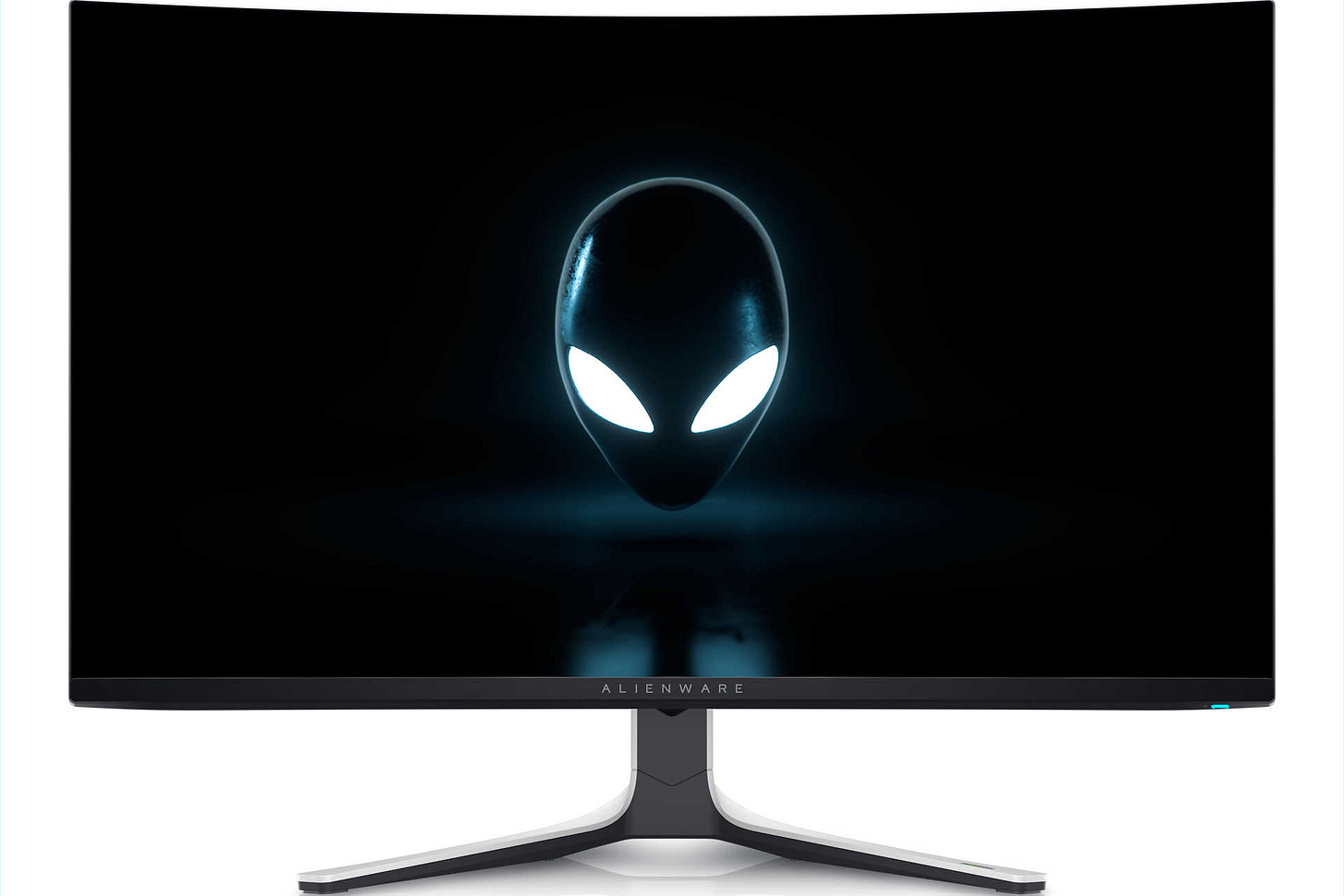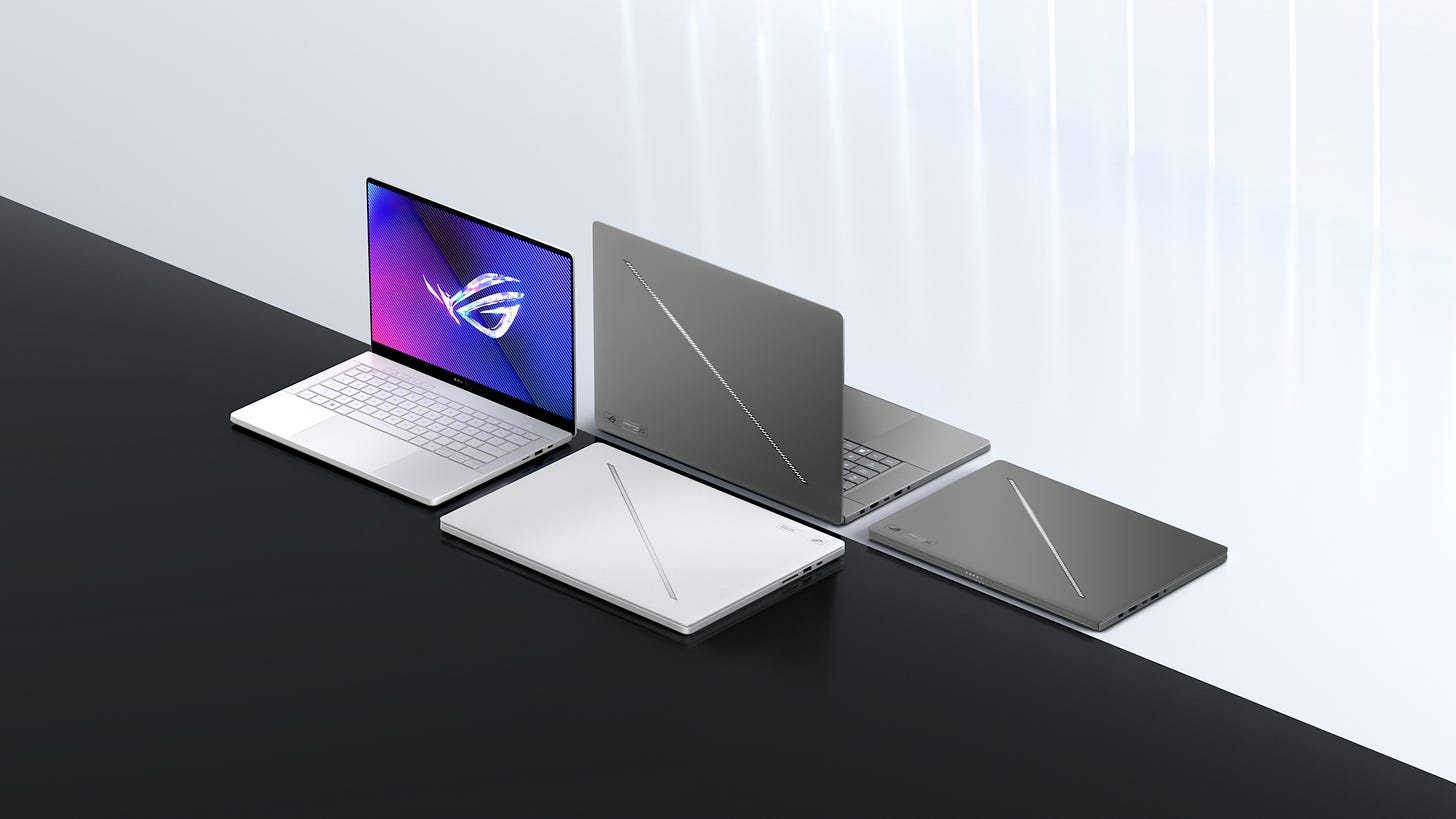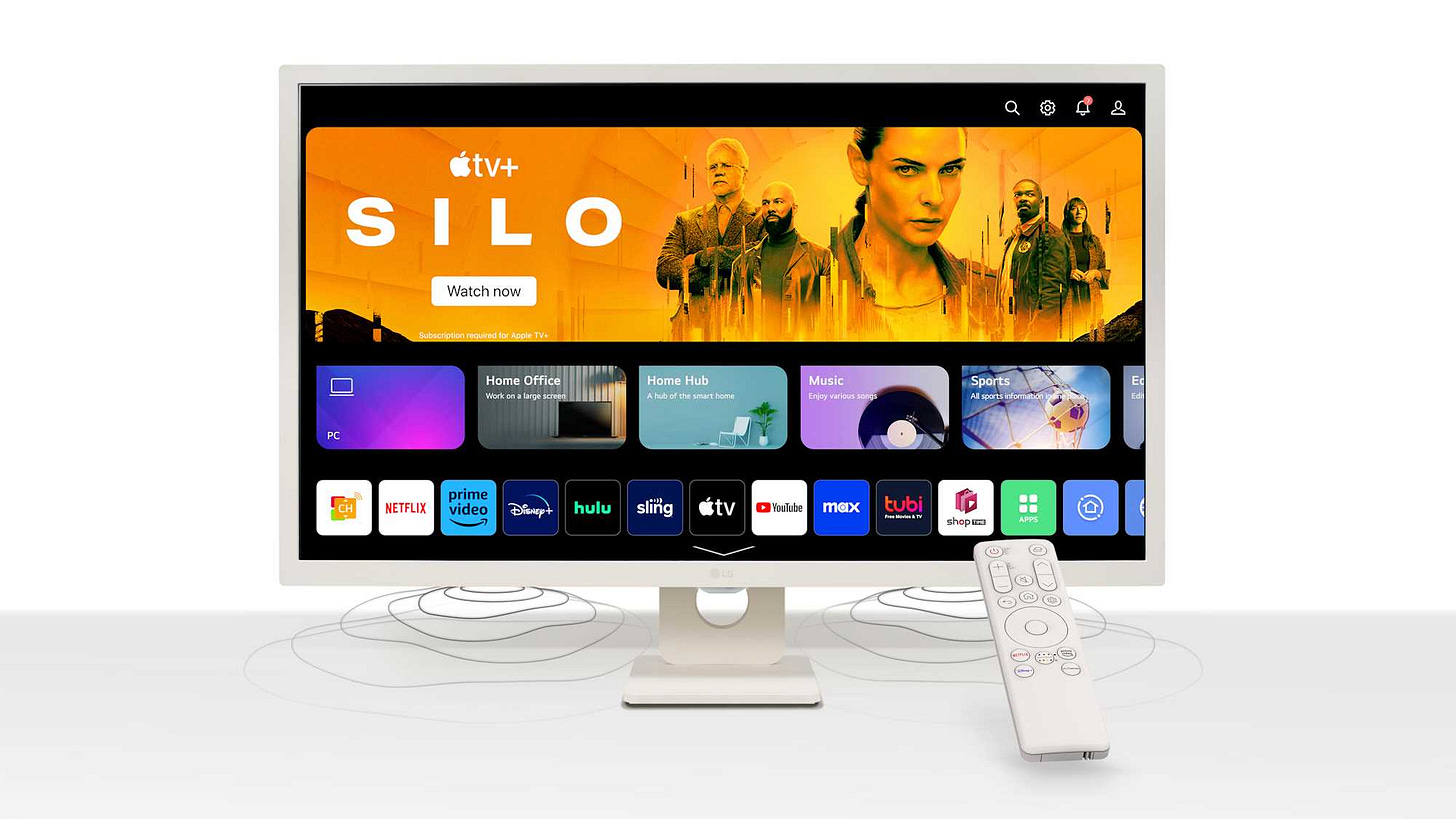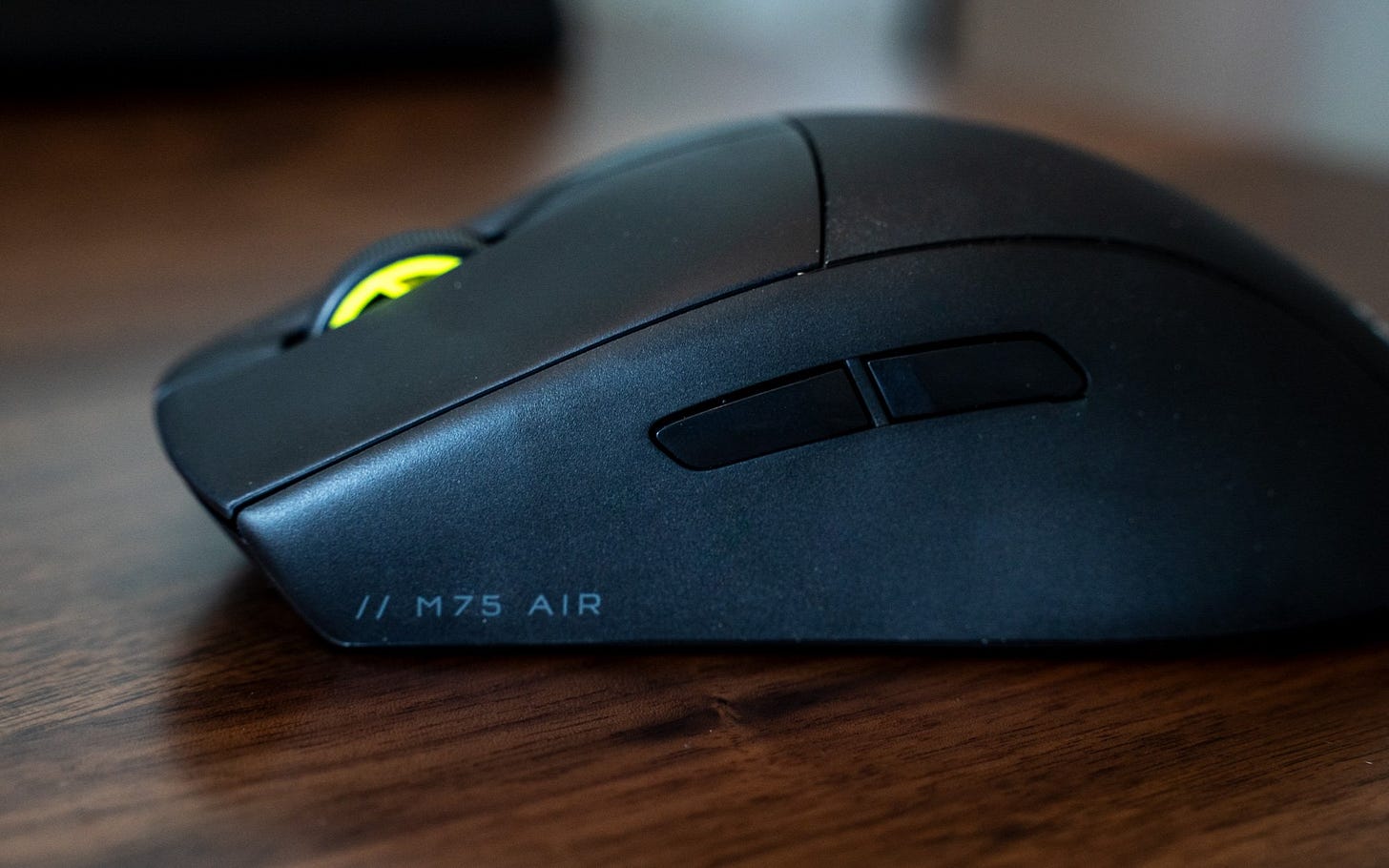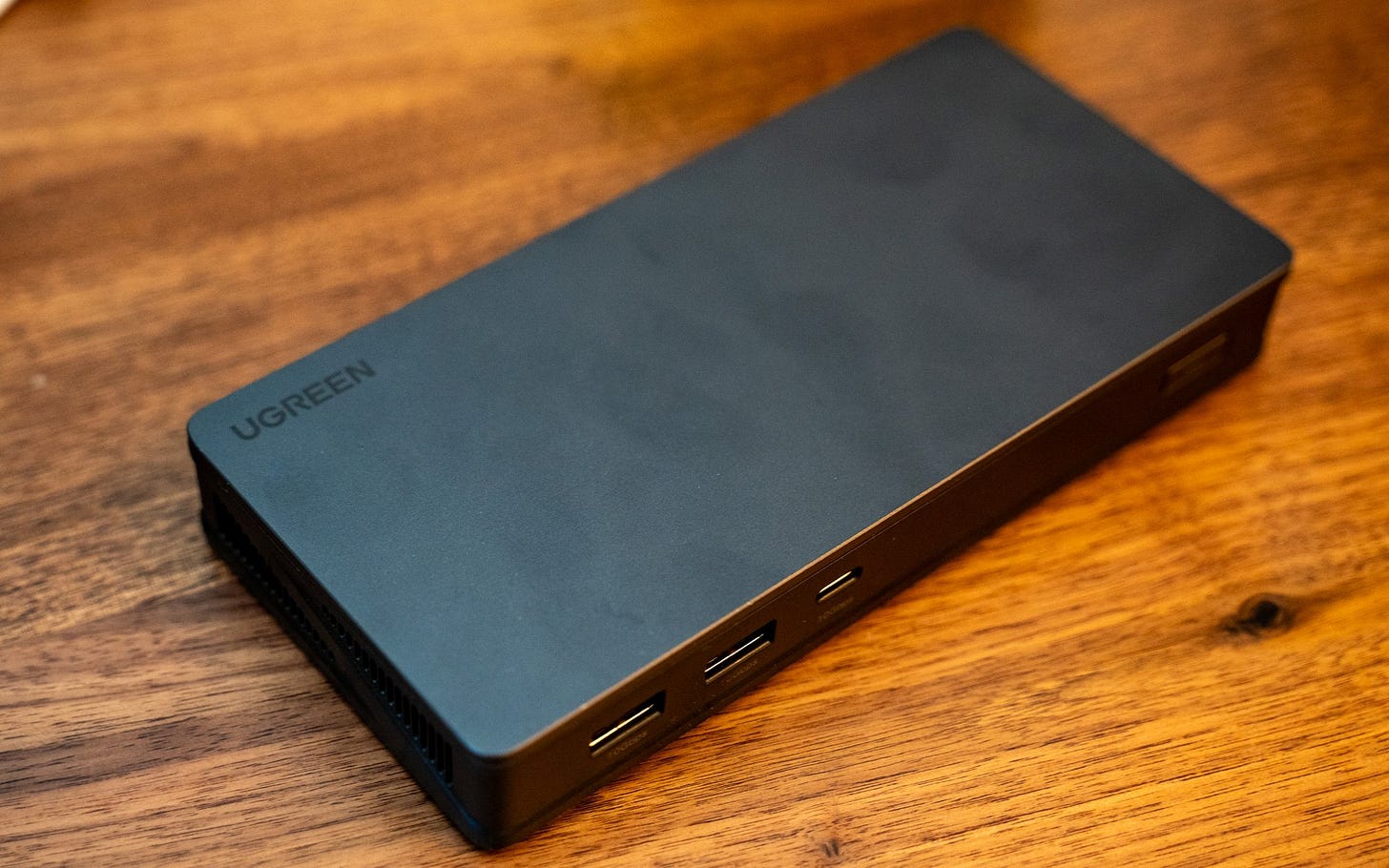Five CES picks to look out for
Our favourite gadgets so far from CES 2024
It’s CES week, which means that it’s gadgets galore. But while there have been some spectacular product reveals, not every one of them will actually be in stores later this year. Or they may only be available in limited markets. Or perhaps tweaked beyond recognition. You get the drift. Here then are five products showcased at CES 2024 that you should keep an eye out for.
First up, we saw a CES crowd-pleaser in the form of LG’s transparent OLED TV. But although LG plans to sell it this year, I think the chances of it coming to Singapore are close to zero. Instead, the OLED to check out from LG is the OLED M4, which has a wireless connect box that enables wireless video and audio transmission at up to 4K 144Hz. Less cable clutter, we like. And while Sony didn’t bring its TVs to CES — for the second year running — the Japanese firm separately gave media a preview of its upcoming 2024 Mini-LED TVs. This Mini-LED TV will apparently be taking centrestage this year.
Moving to smaller displays, the new Alienware 32 4K QD-OLED Gaming Monitor (AW3225QF) looks like the dream monitor for gamers. It combines the rich vibrant colours of a QD-OLED panel with a fast 240Hz refresh rate, and support for Nvidia’s and AMD’s variable refresh rate technologies. Its HDMI 2.1 ports can also connect to the latest consoles for 4K 120Hz gaming. Alternatively, MSI also has similar QD-OLED gaming monitors in its 2024 lineup that could be worth considering.
Speaking of MSI, the PC maker is also getting into the handheld gaming console segment with the MSI Claw. The difference here is that MSI has gone with an Intel Core Ultra chip instead of an AMD processor like its competitors. It’s a 7-inch model, like the ROG Ally. But the Claw has a larger 53W battery despite its 675g weight. It could well be a worthy contender in this growing segment.
As for laptop gamers, the new Asus ROG Zephyrus G14 and G16 have been revamped with sleek, all-aluminium chassis, and vivid OLED screens. They are also super-portable for gaming notebooks, with the 16-inch G16 weighing around 1.9kg. Powering the G16 is Intel’s Core Ultra 9 processor 185H, a 16-core CPU with AI features such as Microsoft’s Copilot, and automatic gaze correction for video conferencing. The larger G16 can also accommodate an Nvidia GeForce RTX 4090 graphics chip for the best mobile gaming performance. Of course, Asus is not the only brand launching AI-enhanced gaming laptops at CES. We have also seen similar notebooks from Gigabyte, and Razer.
Still on the topic of laptops, Lenovo is thinking different with the ThinkBook Plus Gen 5 Hybrid, which tries to blend Android and Windows in a single device. Basically, you can detach the screen, and use it as an Android tablet. Or use it as a Windows laptop. You also get two different CPUs, an Intel Core Ultra 7 chip in the bottom half of the device, and a Qualcomm ARM chip in the display half. But the key will be the software, like how you can move from working on one OS to the other in a frictionless manner. It’s expected to cost around US$2,000, and launch in Q2.
As for products that you can get now, we tested an LG smart monitor that’s both a TV and a monitor, a lightweight gaming mouse from Corsair, and a docking station for those who need more screens. Check them out below:
No space for both a TV and a monitor? You can have both with the LG Smart Monitor 32SR50F, though be warned that there are some compromises. Especially as a monitor — its 1080p resolution is on the low side for a 32-inch display. But on the other hand, you can actually do without a PC since LG’s webOS platform lets you connect to online office productivity apps from Google and Microsoft.
Looking for a good, lightweight gaming mouse? Corsair got you covered with the M75 Air Wireless. It weighs just 60g, comes with optical switches, and has a polling rate of up to 2,000Hz. Primarily meant for right-handers, it has two side thumb buttons, and a low-key appearance that’s suitable for the office, too.
Looking to extend your laptop display to a second or even third monitor? You’ll need the Ugreen Revodok Pro 209 9-in-1 Docking Station. It supports up to two additional monitors at 4K 60Hz. You can choose to connect the monitors via DisplayPort or HDMI. Multi-stream transport (daisy-chaining) is also available if your monitors support it. On top of that, it also has two USB-A, a USB-C, and a Gigabit Ethernet port. Very handy.



